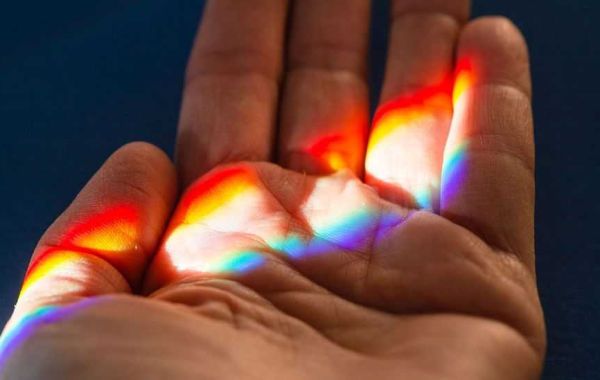Lysergic acid diethylamide, commonly known as LSD, is a potent hallucinogenic substance that has intrigued scientists, artists, and spiritual seekers since its discovery in the 1930s. Initially synthesized by Swiss chemist Albert Hofmann in 1938, LSD gained prominence in the 1960s counterculture movement for its mind-altering properties, offering a window into altered states of consciousness and perception. LSD belongs to the class of psychedelics, characterized by their ability to induce profound changes in thought processes, sensory perception, and emotional states. When ingested, LSD binds to serotonin receptors in the brain, particularly targeting the 5-HT2A receptor, leading to an increased flow of neurotransmitters and altering the brain's normal functioning. One of the most remarkable aspects of LSD is its capacity to induce vivid and intense hallucinations or "trips." Users often report experiencing vibrant visual distortions, colors appearing more vivid, shapes morphing, and a heightened sense of connectivity to their surroundings. These altered perceptions can lead to introspection, profound insights, and a sense of unity with the universe. However, the effects of LSD are highly unpredictable and can vary widely from person to person and from one experience to another. Set and setting play a crucial role in determining the nature of the LSD experience. The mindset of the user and the environment in which they consume the substance significantly influence the trip's outcome. A supportive and comfortable setting with trusted individuals can contribute to a more positive experience, whereas negative surroundings or a troubled mindset can lead to anxiety, paranoia, or a "bad trip." Research into the therapeutic potential of LSD has seen a resurgence in recent years. Studies suggest that when used in controlled settings and with professional guidance, LSD-assisted psychotherapy could aid in treating conditions such as depression, anxiety, and post-traumatic stress disorder (PTSD). The substance's ability to dissolve ego boundaries and promote introspection has shown promise in facilitating emotional breakthroughs and fostering a deeper understanding of one's psyche. Despite its potential therapeutic benefits, LSD remains a Schedule I controlled substance in many countries due to its history of misuse and the risks associated with unsupervised consumption. Recreational use of LSD poses several risks, including the possibility of triggering latent mental health conditions, experiencing overwhelming or frightening hallucinations, and enduring persisting perceptual changes known as "flashbacks." As society continues to explore the potential benefits of psychedelics for mental health treatment, discussions around decriminalization and controlled usage of substances like LSD have gained traction. Organizations advocating for responsible psychedelic use emphasize education, harm reduction, and creating a regulatory framework that prioritizes safety and minimizes risks associated with unguided consumption. In conclusion, LSD remains a controversial substance with a complex history and multifaceted effects on the human mind. Its potential for therapeutic use under controlled conditions highlights the need for further research and responsible exploration. However, caution must be exercised due to its unpredictable nature and the risks associated with unsupervised use. Understanding LSD's effects on consciousness opens doors to a deeper comprehension of the mind and its potential applications in mental health care, paving the way for informed and responsible exploration of this intriguing substance.
Search
Popular Posts








